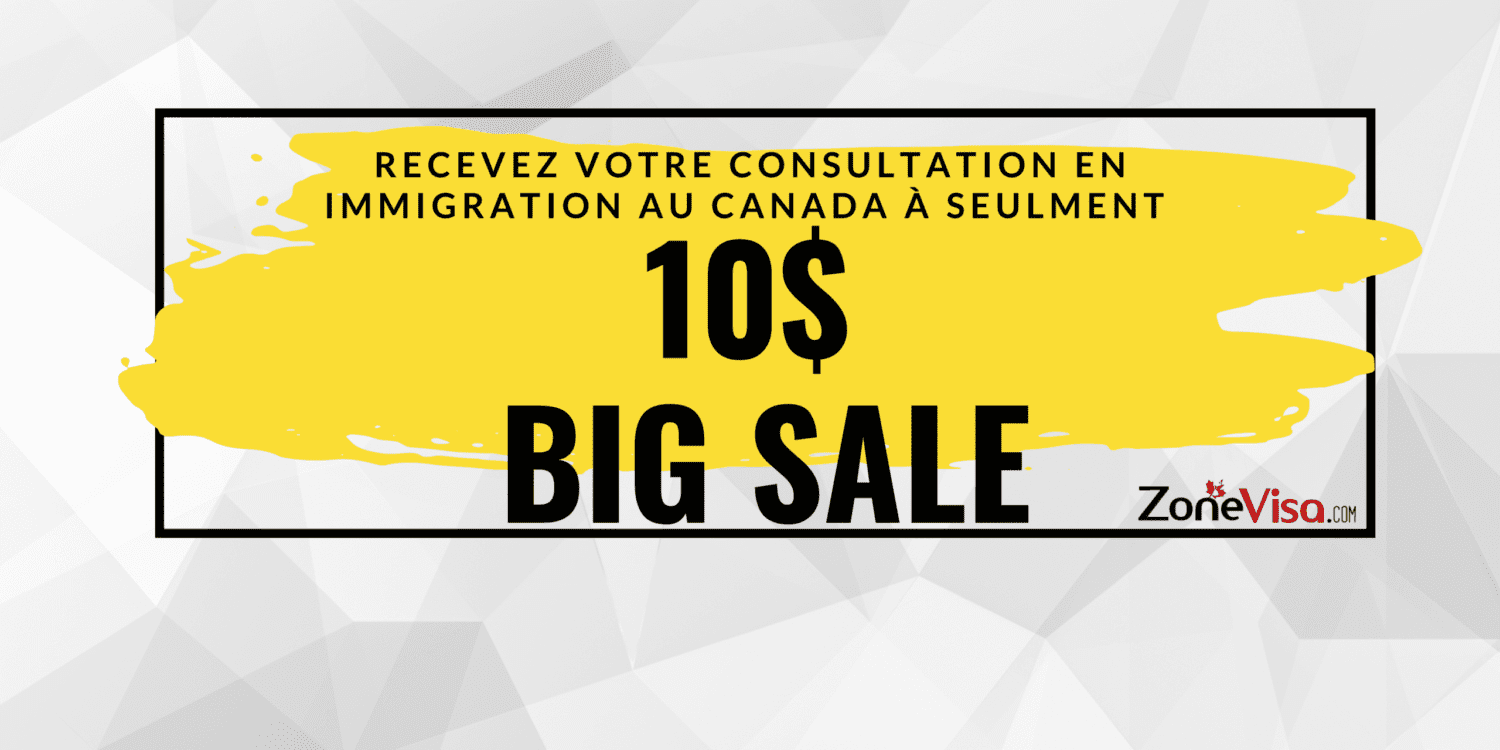Introduction
Canada has long been regarded as a land of opportunity, attracting immigrants from all corners of the globe. With its flourishing economy, high standard of living, and diverse cultural fabric, it’s no wonder that so many people aspire to make Canada their new home. However, the journey to Canadian immigration is not without its challenges. One such hurdle is the Right of Permanent Residence Fee (RPRF), a crucial aspect of the immigration process that applicants must navigate. In this article, we will delve into the intricacies of the RPRF and explore how it unlocks the path to Canada’s promised land.
Understanding the Right of Permanent Residence Fee
The RPRF is a mandatory fee that individuals must pay if they are approved for permanent residence in Canada. It is a crucial step in the immigration process, as without paying the fee, applicants cannot receive their Confirmation of Permanent Residence (COPR) document. The RPRF is designed to ensure that newcomers have the financial means to successfully integrate into Canadian society and contribute to its economy. It acts as a commitment from applicants that they are serious about their decision to immigrate to Canada.
Key Benefits and Considerations
Paying the RPRF offers numerous benefits to prospective immigrants. Firstly, it confirms that their application is genuine and that they are committed to establishing a life in Canada. Additionally, paying the fee grants individuals the right to travel to Canada as permanent residents. This allows applicants to take advantage of the countless opportunities that await them, from employment prospects to access to healthcare and education. However, it is important to note that the RPRF is non-refundable, even if an individual’s immigration application is refused or withdrawn.
The Cost of the RPRF
The fee amount for the RPRF varies depending on several factors, such as the number of individuals included in the application and their age. As of 2021, the standard fee for an adult is CAD $500. However, additional fees may apply for dependents, such as children. It is crucial for applicants to accurately calculate the total amount they need to pay before submitting their application. Failure to provide the correct fee may result in significant delays or even rejection of the application.
Payment Options
To make the payment process convenient for applicants, the Canadian government offers various payment options for the RPRF. These options typically include online payment through credit or debit cards or bank transfers. It is essential to refer to the official instructions provided by the immigration authorities to ensure a smooth and successful payment process. Being aware of the accepted payment methods and deadlines for payment is crucial to avoid unnecessary complications.
Exemptions and Fee Refunds
While the RPRF is obligatory for most applicants, certain individuals may be exempt from paying the fee. Refugees, humanitarian cases, and individuals applying for permanent residence under specific programs, such as the Live-in Caregiver Program, may qualify for exemption. Additionally, if an individual withdraws their application before a final decision is made, they may be eligible for a partial refund of the fee. However, it’s important to note that exemption or refund eligibility should be thoroughly understood before assuming one qualifies.
Conclusion
The Right of Permanent Residence Fee is an essential component of Canada’s immigration process. It serves as a commitment from applicants to their decision to immigrate to Canada and ensures that individuals have the financial means to integrate successfully into society. While the fee may be a financial burden for some, the benefits it provides are invaluable, granting applicants the opportunity to build a new life in the promised land of Canada. Understanding the RPRF and its associated considerations is crucial for those embarking on the path to Canadian immigration.



